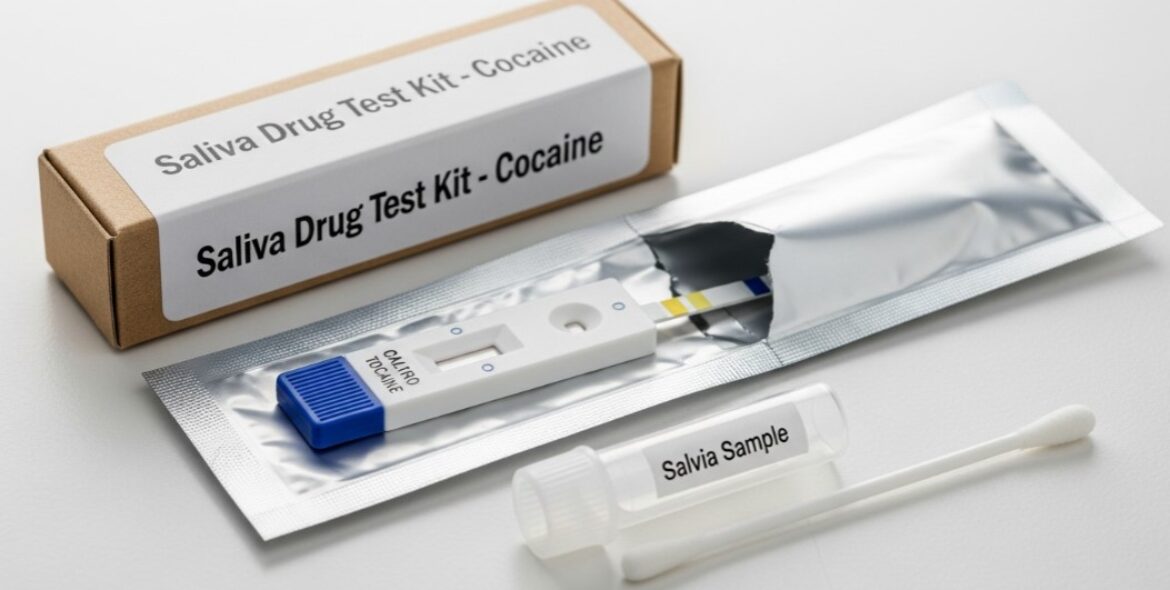Experimentation with drugs often starts in ways that may seem harmless to those who are curious, young, or influenced by peers. A person might begin by smoking marijuana, believing it is safe or socially acceptable, only to find themselves slowly experimenting with more dangerous substances. Unfortunately, this progression can lead to powerful and addictive drugs like crack cocaine. For families and individuals worried about the risks of drug use or wondering, “How long does crack stay in your saliva?”, understanding the dangers is the first step toward seeking a solution.
At Beachcomber IOP in Ft Lauderdale, a South Florida trusted recovery program that has been helping families for over 50 years, we believe in providing education, compassion, and lasting support. Let’s explore the realities of crack cocaine, the dangers of drug use, and why professional treatment offers the best path forward.
The Dangers of Experimentation
Experimentation with substances usually begins with curiosity or social influence. Many people try marijuana thinking it is harmless. While some may never move beyond it, others begin chasing new highs, opening the door to more dangerous drugs. This progression is known as the “gateway effect,” where what seems like recreational or minor drug use leads to stronger, riskier substances.
Crack cocaine is one of those substances. What may begin as casual experimentation with marijuana or alcohol can, over time, escalate into life-threatening addictions. Crack use in particular has devastating effects—both physical and psychological—and it is often detected during routine drug testing, which is why many ask, “How long does crack stay in your saliva?”
What Is Crack Cocaine?
Crack is a form of cocaine that has been processed into a rock-like crystal, typically smoked for a rapid and intense high. Unlike powdered cocaine, which is usually snorted or injected, crack is smoked, which allows the drug to reach the brain within seconds. This creates an almost immediate euphoric rush, but it also makes crack extremely addictive.
The difference between crack and cocaine largely comes down to form and method of use. Cocaine in its powdered form tends to be more expensive and is considered by some to be a “party drug.” Crack, however, is cheaper, more accessible, and associated with devastating health and social consequences due to its highly addictive nature.
How People Use Crack and What Loved Ones Should Know
Crack is most commonly smoked using a pipe, often referred to as a “crack pipe.” These are typically small glass tubes, sometimes with a metal screen inside to hold the rock. The paraphernalia might also include lighters, makeshift pipes, or small burnt pieces of foil. Loved ones concerned about whether someone they care about is using crack should be aware of these telltale signs.
Smoking crack is dangerous because the drug enters the bloodstream almost instantly. The user experiences a rapid, powerful high, but it fades quickly—often within minutes—leading to repeated use in short succession. This cycle increases both the risk of overdose and the severity of addiction.
The Effects of Smoking Crack
Crack cocaine use affects both the body and the mind. Physically, it can cause:
- Increased heart rate and blood pressure
- Constricted blood vessels
- Tremors and muscle twitches
- Chest pain and risk of heart attack
- Severe dental and lung issues from smoking
Psychologically, crack can lead to:
- Intense cravings and compulsive drug-seeking behavior
- Anxiety, paranoia, and hallucinations
- Aggressive or erratic behavior
- Severe depression when the drug wears off
This combination makes crack one of the most destructive substances a person can use.
How Long Does Crack Stay in your Saliva?
For individuals worried about drug testing—whether for employment, legal reasons, or personal concerns—the question often arises: How long does crack stay in your saliva??
Saliva tests are commonly used because they are non-invasive and can detect recent drug use. Crack cocaine can typically be detected in saliva within minutes of use and may remain detectable for up to 24–48 hours. However, this window can vary depending on several factors, including:
- The amount of crack used
- Frequency of use
- The individual’s metabolism
- Overall health and hydration
Unlike urine tests, which can detect cocaine metabolites for several days, saliva tests focus on more immediate use. For someone facing a saliva drug screen, this knowledge can cause fear and anxiety. But the bigger issue is not simply passing a test—it’s recognizing the serious dangers of continued crack use and finding a way to break free.
Treatment at Beachcomber IOP Ft Lauderdale
If you or someone you love is worried about how long crack shows up in saliva, it’s likely a sign that drug use has become a concern. Instead of focusing solely on passing a test, the more important step is to seek help and build a foundation for lasting recovery.
At Beachcomber IOP in Ft Lauderdale, we have been helping families for over 50 years. Our intensive outpatient program offers a safe, supportive, and compassionate environment for healing. Through therapy, education, and family involvement, we address not only the physical addiction but also the underlying emotional struggles that contribute to substance use.
Our program is built around the belief that no one has to fight addiction alone. Families heal together, and individuals learn how to rebuild their lives with hope, purpose, and strength.
A Path Toward Healing
The dangers of experimentation can quickly spiral into something far more serious. From the casual use of marijuana to the devastating addiction of crack cocaine, the path is often the same: curiosity, escalation, and consequences. Crack in particular is one of the most addictive and destructive drugs, with clear signs of use and significant health risks.
While many wonder “How long does crack stay in your saliva?”, the more important question is: how long will you or your loved one allow addiction to take control?
At Beachcomber IOP Ft Lauderdale, we believe recovery is always possible. With over five decades of helping families heal, we are ready to provide the guidance, care, and community support needed for lasting change.
The Hopeful Solution
Crack cocaine is not just another recreational drug—it is a highly addictive and life-threatening substance that can take control of someone’s life in an instant. From the signs of paraphernalia to the physical and psychological toll, the dangers are clear. And while drug tests may detect how long does crack stay in your saliva for up to two days, the true solution lies beyond worrying about tests: it lies in getting professional help.
Beachcomber IOP Ft Lauderdale has been a family helping families for 50 years, and we are here to help you or your loved one find hope, healing, and freedom from addiction. Through a wide range of evidence-based therapies and supportive programs, Beachcomber provides tools for individuals to rebuild their lives and strengthen relationships. Families also find comfort, guidance, and renewed hope as they heal together and move forward with lasting recovery.




